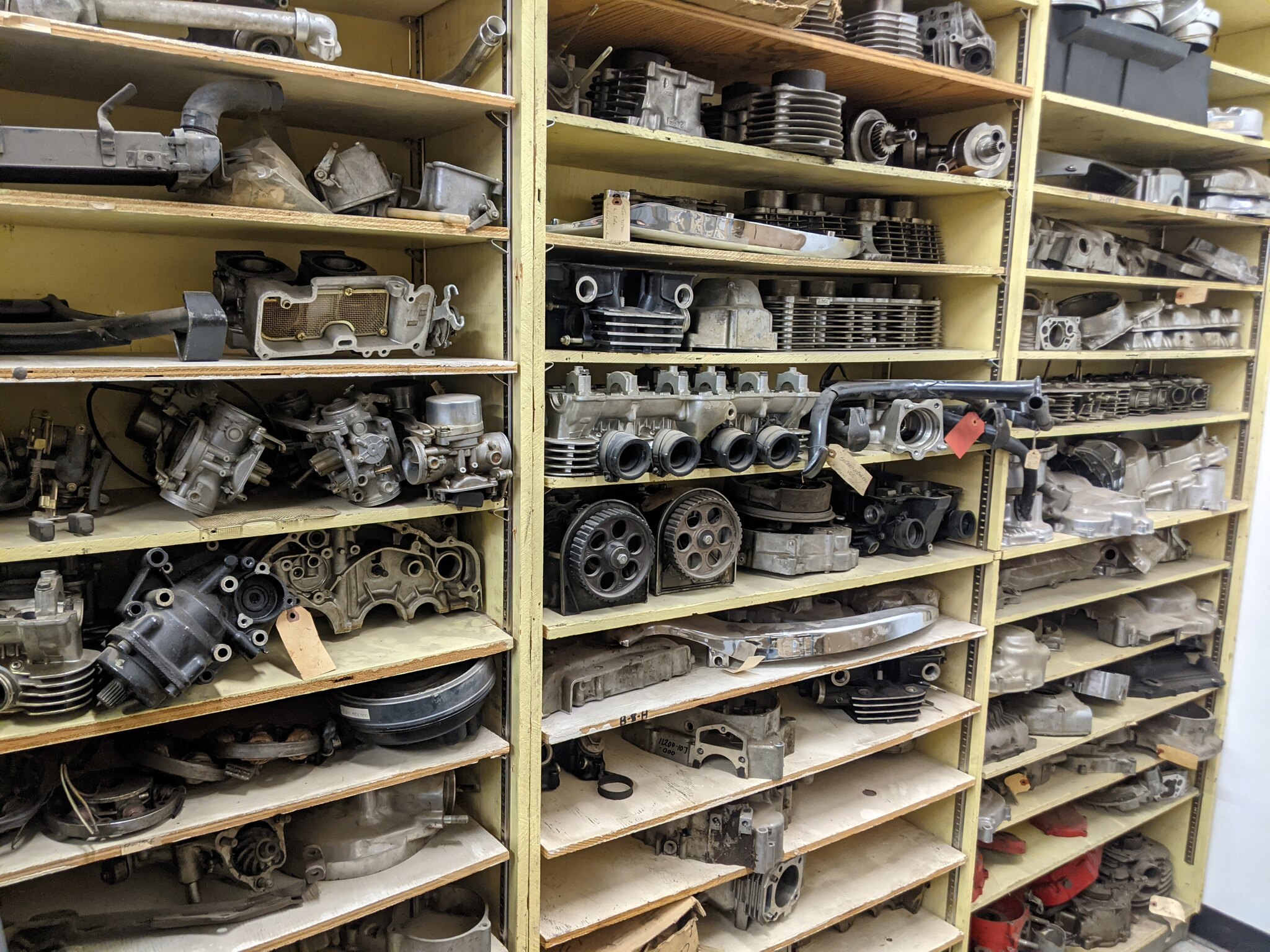Grasping Motorbike Gears: Exactly How to Enhance Your Riding Experience
In the realm of motorcycling, understanding the art of gear control is important for boosting your riding efficiency. Correctly recognizing and using motorbike equipments can considerably influence acceleration, control, and fuel performance, changing an average experience right into a seamless, thrilling journey.
Recognizing Equipment Mechanics
At the core of motorbike dynamics, gear auto mechanics play an essential function in converting engine power right into movement, eventually dictating rate and control. The gear ratios, thoroughly developed, determine the partnership in between engine revolutions and wheel turns, influencing velocity and fuel performance.
Comprehending gear auto mechanics begins with identifying the relevance of the gearbox, which houses numerous gears of varying dimensions. These gears interact via a process called meshing, where teeth of various gears involve to transmit power. The accuracy of this communication is critical; any type of misalignment or damages can lead to ineffective power transfer, hindering efficiency. Additionally, the setup and dimension of equipments affect the motorcycle's capacity to handle different loads and rates.
Furthermore, the principle of gear moving is important to maximizing performance. Prompt and smooth shifts make sure that the engine runs within its optimum power band, avoiding unneeded stress and boosting long life (motocross parts nz). By comprehending these mechanical complexities, motorcyclists can attain an unified mix of effectiveness, power, and control, elevating their riding experience
Timing Your Shifts
Shift timing mastery is important for enhancing motorcycle performance and improving the riding experience. Appropriately timed changes make sure that the engine runs within its optimum power band, which is critical for keeping control, attaining smooth velocity, and making sure the long life of the motorbike. Motorcyclists need to create an user-friendly feeling of when to move gears, which entails recognizing the relationship in between engine changes per min (RPM) and rate.
To grasp shift timing, pay attention to the engine's sound and really feel, as these supply crucial hints about when to change equipments. The excellent change point usually occurs when the engine approaches the top series of its power band without reaching the redline. Shifting prematurely can cause a lack of power, while changing far too late may create unnecessary engine strain
Additionally, road problems and riding design influence change timing. In comparison, during freeway riding, less shifts at higher speeds can be extra suitable.
Enhancing Gas Effectiveness
While understanding bike gears is crucial for performance, enhancing fuel performance is just as essential for both environmental and economic reasons. Ideal gas intake not just decreases operational expenses yet additionally minimizes the environmental impact of riding. To attain this, one must comprehend the detailed relationship between gear choice and engine efficiency.
Riding in a higher gear at reduced rates can lead to engine carrying, which is damaging to both fuel economy and engine health. Conversely, riding in reduced equipments at high rates results in unneeded fuel consumption.
In addition, normal upkeep plays a critical role in fuel performance. Making certain that the motorcycle is well-tuned, with clean air filters and effectively inflated tires, can decrease and boost the rules of aerodynamics fuel wastefulness. In addition, embracing a riding style that welcomes gradual velocity and smooth deceleration can add to far better fuel economic situation.

Methods for Smooth Transitions
Achieving smooth equipment transitions is basic to improving the riding experience and making certain the durability of a bike's transmission system. Appropriate equipment moving not just adds to a seamless ride however likewise minimizes deterioration on the mechanical parts. To grasp the art of smooth changes, bikers have to focus on a few vital techniques.

Secondly, clutch control plays an essential Homepage duty. Involving and disengaging the clutch efficiently requires practice. The clutch lever must be launched progressively, allowing for a seamless transfer of power from the engine to the wheels without triggering a shock or sudden activity.

Adapting to Roadway Problems
Navigating diverse road conditions is a crucial ability for any motorcyclist aiming to maintain control and security. Whether you're riding on damp surface areas, gravel roads, or navigating sharp turns, your ability to adapt your equipment use and riding strategy is vital. Comprehending how to change your gears appropriately can substantially affect traction and stability, making sure a safer trip.
In comparison, when riding on crushed rock or uneven terrain, lower equipments are better. Lower equipments supply far better control and enable you to respond even more swiftly to unforeseen modifications in the roadway surface.
Sharp curves demand specific gear management to balance rate and control. Downshifting before going into a contour can help preserve energy while guaranteeing the bike remains steady throughout the turn. Regular practice in different problems enhances your capability to respond and anticipate to adjustments in road structure and slope.
Conclusion
Mastering motorcycle gears considerably improves the riding experience by enhancing control, acceleration, and fuel efficiency. Adapting gear selection to numerous roadway problems, such as utilizing higher gears on wet surfaces and reduced equipments on crushed rock, additional enhances handling and safety.
Understanding gear technicians begins with acknowledging the importance of the gearbox, which houses multiple gears of differing dimensions. These gears interact through a procedure recognized as meshing, where teeth of different equipments engage to transmit power (motorcycle shop). Mild changes to the throttle throughout gear shifts can prevent jerky activities and maintain important site a regular riding speed
Whether you're riding on wet surface areas, gravel roadways, or go browsing sharp turns, your ability to adjust your gear usage and riding strategy is vital. Adapting equipment choice to various roadway conditions, such as using greater gears on damp surfaces and reduced gears on crushed rock, additional improves handling and safety.
 Ariana Richards Then & Now!
Ariana Richards Then & Now! James Van Der Beek Then & Now!
James Van Der Beek Then & Now! Atticus Shaffer Then & Now!
Atticus Shaffer Then & Now! Barbara Eden Then & Now!
Barbara Eden Then & Now! Sarah Michelle Gellar Then & Now!
Sarah Michelle Gellar Then & Now!